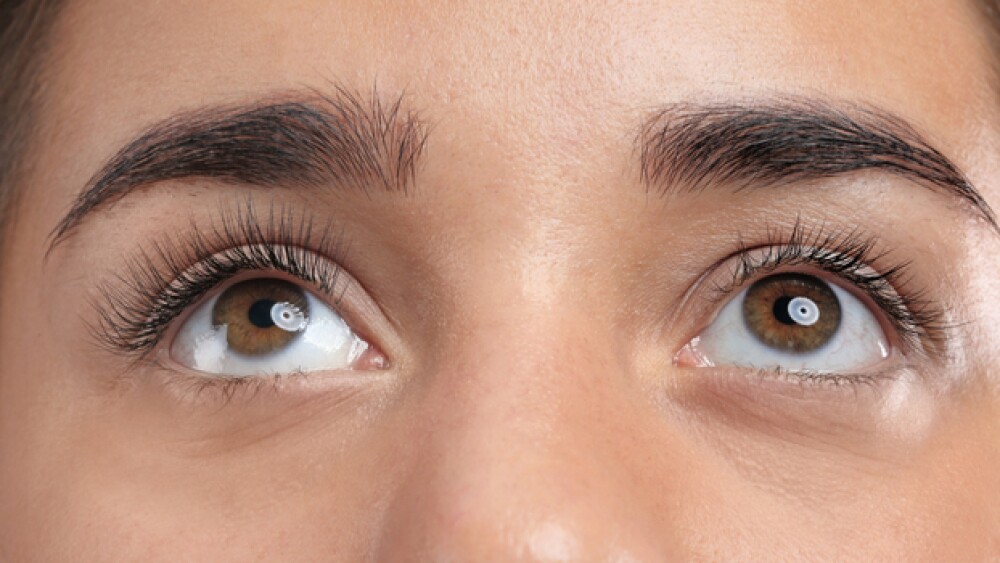The company expects to submit a New Drug Application to the U.S. Food and Drug Administration in the second half of this year, with plans, if approved, to launch the drug in the fourth quarter of 2021.
Princeton, New Jersey-based Oyster Point Pharma reported positive topline results from its Phase III ONSET-2 trial in dry eye disease. The primary endpoint was a greater proportion of patients receiving 0.6 mg/ml and 1.2 mg/ml of OC-01 gained greater than or equal to 10 mm on Schirmer’s score, a measure of tear film production, compared to the control group.
OC-01 (varenicline) is a highly selective nicotinic acetylcholine receptor (nAChR) agonist developed as a nasal spray to treat signs and symptoms of dry eye disease (DED). The ONSET-2 Phase III trial was a multicenter, randomized, double-masked, vehicle-controlled study of the safety and efficacy of varenicline for dry eye disease. It enrolled 758 patients at 22 sites in the U.S., evaluating two different doses compared to a control nasal spray. Patients received OC-01 nasal spray twice a day for four weeks.
“The results announced today demonstrate impressive improvements in signs and symptoms of dry eye disease,” said Preeya Gupta, associate professor of Ophthalmology at Duke University School of Medicine and member of Oyster Point Pharma’s medical advisory board. “This novel treatment approach for dry eye disease is a much-needed addition to the dry eye treatment armamentarium. The ONSET-2 study results represent outcomes from a broad population of dry eye patients and we believe they should translate to treating patients in the clinic.”
The company expects to submit a New Drug Application (NDA) to the U.S. Food and Drug Administration (FDA) in the second half of this year, with plans, if approved, to launch the drug in the fourth quarter of 2021.
Both doses of the drug demonstrated a statistically significant improvement in patients improving equal to or better than 10 mm in Schirmer’s score at Week 4 compared to the control group. In the 0.6 mg/ml dose cohort, the percentage of patients improving past that 10 mm Schirmer’s score was 44%. In the 1.2 mg/ml cohort, the improvement was 47%, with the control group hitting 26%.
The trial hit some of the secondary endpoints, such as Eye Dryness Score for the 1.2 mg/ml dose, but the 0.6 mg/ml dose did not hit statistical significance. Both doses missed the secondary endpoint for patient-reported symptoms of eye dryness in the Controlled Adverse Environment (AE). Both doses showed a directional benefit compared to control, however.
The company noted that “the statistical power for assessing this endpoint was negatively impacted by a decrease in the sample size due to the subjects being unable to be assessed as a result of the coronavirus pandemic. In addition, there were a number of subjects who did not meet criteria for treatment in the chamber, which further reduced statistical power.”
The drug was well-tolerated in the trial with an adverse event profile consistent with the ONSET-1 trial. The most common side effect was sneezing, which occurred with 50% of nasal spray dosing, and was transient and mild. There were otherwise no serious adverse events related to nasal administration.
The company also reported its first quarter financial results today. The company’s first-quarter R&D expenses were $11.3 million compared to $2.4 million for the same period in 2019, with the increase mostly related to clinical development of OC-01. G&A expenses for the quarter were $5.6 million compared to $1.6 million for the first period in 2019, primarily due to the expansion of the company, with increased payroll and personnel expenses, including salaries and bonuses, benefits and stock-based compensation. The net loss for the quarter was $16.5 million, or $0.77 per share, compared to a net loss of $3.8 million ($2.66 per share) in the first quarter 2019.
As of March 31, 2020, the company has $128.6 million in cash and cash equivalents.





